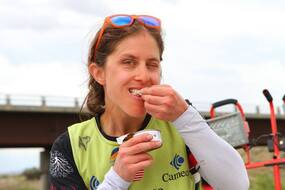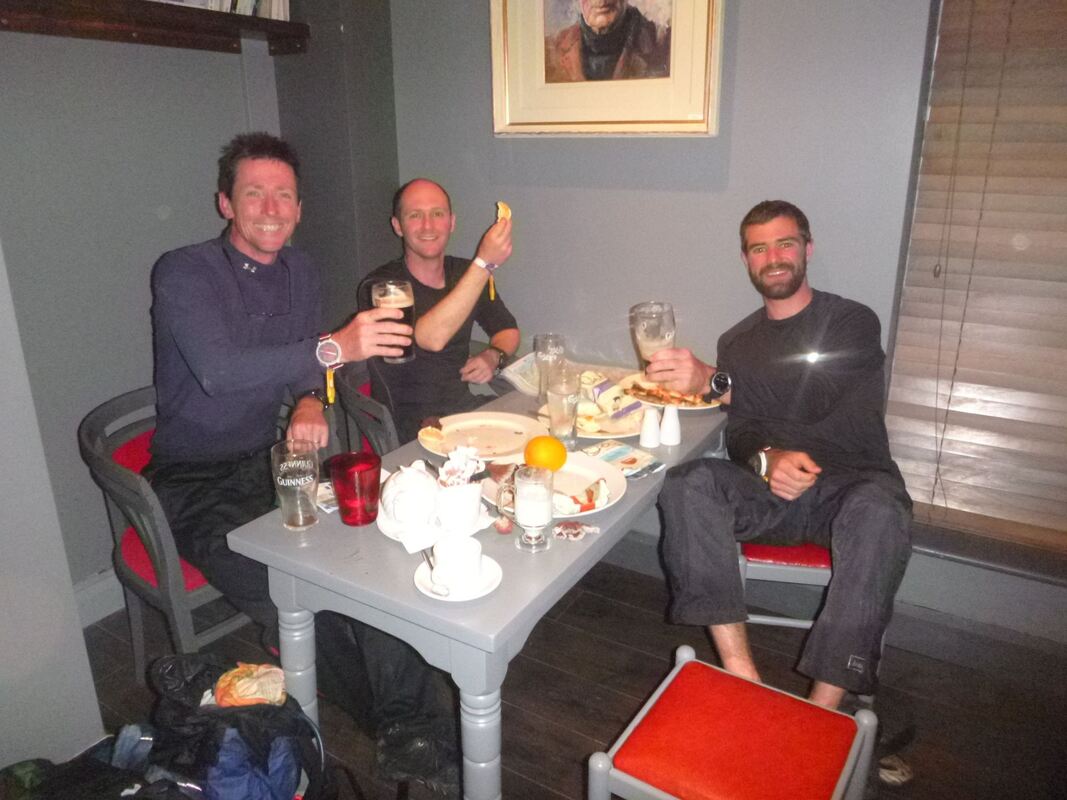|
In our final edition of the Expedition Playbook, we cover the ever-elusive topic of nutrition – or, to be more precise, race-day(s) nutrition. If we’re being honest, we thought about sidestepping nutrition entirely. Perhaps more than any other topic we’ve discussed in this series, race nutrition is probably the most varied and personal issue in our sport. Talk to ten racers, and you’ll find ten different strategies for fueling during an event. That said, keeping yourself fueled and hydrated is directly linked to your ability to reach the finish line and meet your race goals, and we would be remiss not to unpack it just a bit. Let’s begin with what you won’t find here:
philosophies of race nutritionTalk to a room of adventure racers, and – broadly defined – you’ll generally find four, sometimes overlapping, approaches to race nutrition.
general tipsWhile there are endless approaches to race nutrition, we find that there are some tried-and-true strategies that reach across almost all teams. Here they are, in no particular order:
And that’s a wrap for the Endless Mountains Expedition Playbook. Train race, prep smart, recover well, and we’ll see you in the woods!
0 Comments
Your comment will be posted after it is approved.
Leave a Reply. |


 RSS Feed
RSS Feed
